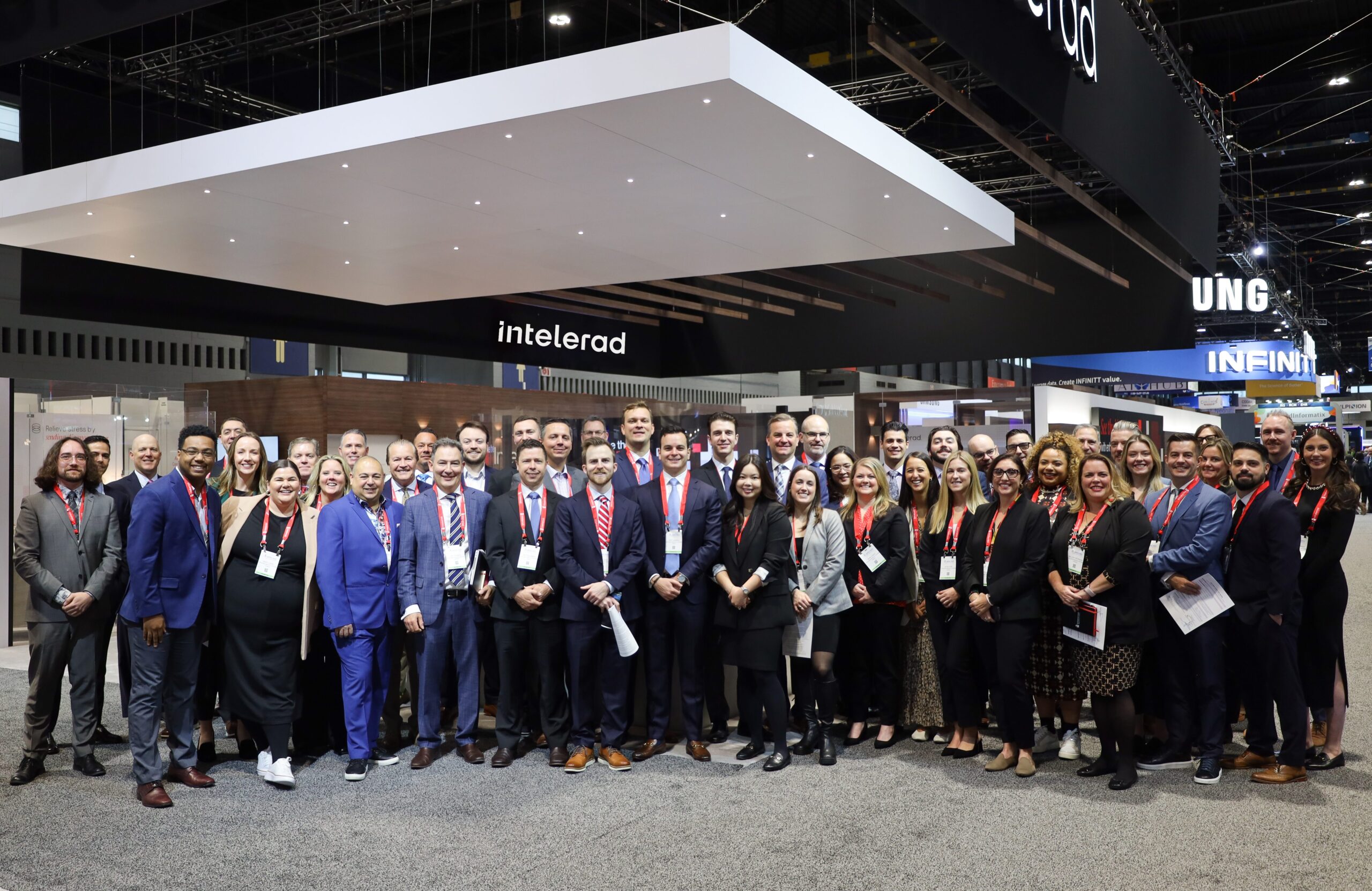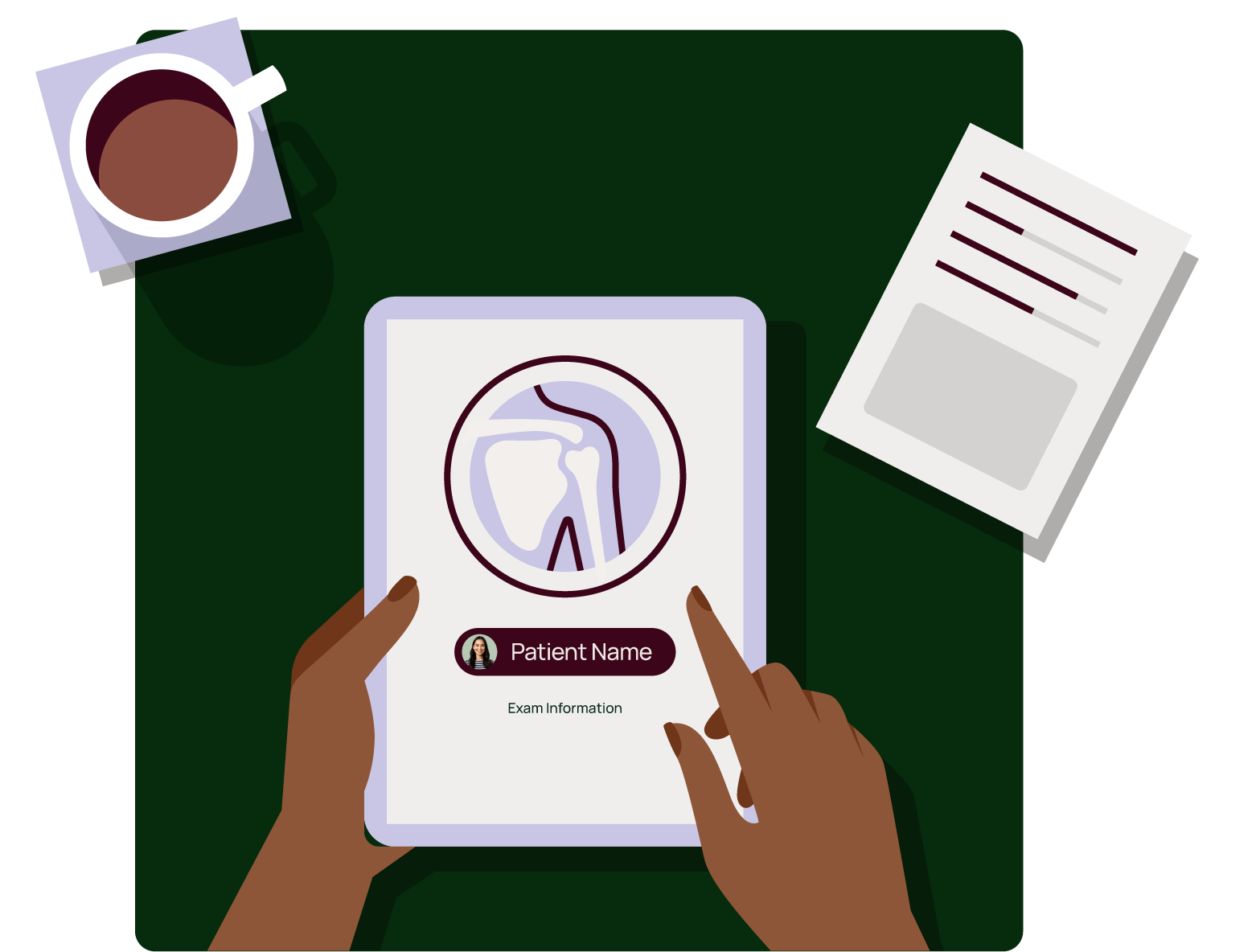Even the smallest workflow inefficiencies can add up, increasing workload on providers and reducing the time they have available to see patients.
According to data from Definitive Healthcare Cerner serves approximately 30% of hospital technology market share nationwide. It’s the central hub for clinical activity – a place where patient information is gathered, reviewed, and acted upon. It’s also where providers expect to find what they need to make informed decisions, quickly and confidently.
But when diagnostic imaging lives outside that environment, the workflow starts to break down. Providers have to exit the Cerner environment, log into separate systems, search for studies, and re-enter patient information, each step pulling them further out of focus. It’s disruptive, adding friction to daily tasks and increasing the risk of errors.
The InteleShare™ and Cerner integration is designed to remove barriers to efficiency, ensure accuracy in patient data, and restore the natural rhythm of care.
The InteleShare and Cerner Integration
The InteleShare and Cerner integration is designed with one goal in mind: to eliminate workflow disruptions and allow teams to stay focused on what matters most–patient care. The integration eliminates the need for providers and administrative staff to learn new platforms by leveraging the systems they already use and trust. Imaging becomes a native part of the clinical experience inside the patient’s chart, not an external task layered on top of it.
As a validated Oracle Health (Cerner) partner, InteleShare leverages SMART on FHIR, an industry-standard interoperability framework, to integrate directly into the Cerner EHR. Instead of custom builds or complicated integrations, healthcare organizations benefit from plug-and-play functionality that works smoothly. This delivers real-time access to imaging and data, all within the clinical interface providers already use every day.
Let’s see where this integration can reduce friction in the workflow.
Simplified Study Upload
Imaging workflows are often bogged down at the very first step: getting external imaging into the system. When imaging enters the workflow from external sources like CDs or local media, it often brings with it a series of manual steps: uploading, matching the study to the right patient, and entering demographics. Each of these steps not only takes time but also introduces room for error.
The InteleShare and Cerner integration simplifies the study ingestion process at its core.
With the Study Upload feature, administrative staff can easily upload imaging into InteleShare. From there, the system automatically matches the study to the correct patient by referencing demographic data from Cerner—eliminating the need for manual data entry.
Once processed, the imaging is immediately accessible to providers within the Cerner Millennium environment, directly in the patient’s chart via the Study List view. There’s no need for additional systems, repeated logins, or cross-checking patient records. Imaging is right where it needs to be, embedded in the daily clinical workflow.
By removing barriers at every step—from ingestion to normalization to access—the InteleShare and Cerner integration allows imaging to support care, not slow it down.
A Unified Imaging Experience for Providers
From the moment imaging appears in the chart, the provider’s workflow remains uninterrupted and entirely within Cerner. There’s no need to exit the EHR or search across systems. Imaging is presented contextually within the patient’s chart, alongside labs, notes, and orders—right where it’s needed. The Study List feature offers immediate visibility into all available imaging tied to the patient, making it simple to review both recent and historical studies in the clinical moment.
This seamless integration reduces cognitive load and helps preserve clinical focus. Providers can move quickly from information to insight without losing time to repetitive tasks or fragmented platforms. And because the imaging data is already matched and normalized during upload, there’s confidence that what they’re seeing is both current and correctly attributed.
In practice, this means fewer distractions, faster decisions, more time to spend with patients, and a more fluid experience during patient encounters. The result is a workflow that not only feels more natural—it actually is. One system. One chart. One uninterrupted line of care.
The Bottom Line
Integrating InteleShare with Cerner not only streamlines workflows, it also delivers measurable returns.
By reducing the time spent navigating between systems, eliminating duplicate data entry, and minimizing imaging-related errors, organizations can lower operational costs while increasing staff efficiency.
- Administrative teams gain back hours
- Providers recover time at the point of care
- IT teams benefit from fewer support requests tied to imaging access or workflow bottlenecks
At the same time, the quality of care improves. Faster access to complete imaging data means quicker clinical decisions, better continuity across teams, more time to spend with patients, and greater confidence in the accuracy of the patient record.
It’s a win-win: lower overhead and higher care standards—all powered by a solution that works natively within the systems your teams already trust.
See How InteleShare Seamlessly Integrates with Cerner in Our Latest Video
Ready to see it in action?
Book a demo or contact our team to explore how InteleShare and Cerner can simplify your imaging workflow.





